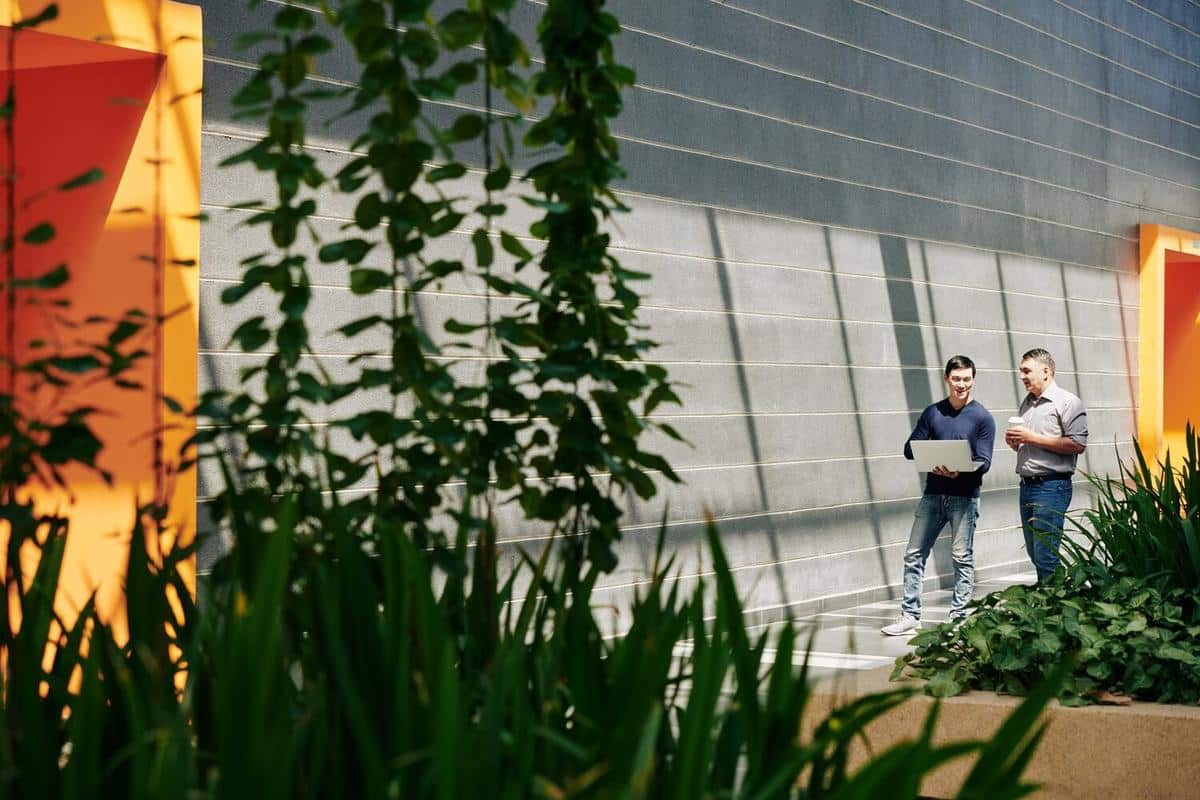
Sustainability in Higher Education Campus Design
Sustainability in higher education campus design is rapidly becoming a cornerstone of modern institutional planning. As universities strive to reduce their environmental footprint and promote a culture of sustainability, innovative strategies in campus architecture and operations are at the forefront of this transformation.
The Importance of Sustainable Campus Design
Adopting sustainable practices in campus design not only benefits the environment but also enhances the overall student experience. According to a recent study by the Association for the Advancement of Sustainability in Higher Education, over 80% of students believe that sustainability should be a priority for universities. This trend reflects the growing demand for eco-friendly learning environments.
Expert Insights
Dr. Emily Green, a leading environmental architect, emphasizes, “Sustainable campus design is about creating spaces that foster learning while respecting the planet’s resources.” Her insights highlight the dual focus on education and environmental stewardship.
Key Strategies for Sustainability
- Energy Efficiency: Implementing solar panels and energy-efficient HVAC systems can significantly reduce energy consumption.
- Water Conservation: Installing low-flow fixtures and rainwater harvesting systems helps in conserving water.
- Green Spaces: Incorporating green roofs and community gardens enhances biodiversity and provides relaxing spaces for students.
Case Studies: Real-World Examples
Universities like the University of California have pioneered in integrating sustainability into their campus design. Their use of renewable energy sources and sustainable transport options serves as a model for others.
Actionable Tips for Implementation
- Engage students and staff in sustainability initiatives to foster a community-driven approach.
- Seek partnerships with local environmental organizations for resources and support.
- Regularly assess and report on sustainability metrics to track progress and identify areas for improvement.
Benefits of Sustainable Design
Beyond environmental impacts, sustainable campus design can lead to cost savings through reduced energy bills and improved health outcomes for students and staff due to cleaner air and more natural light.
| Feature | Environmental Impact | Cost Savings |
|---|---|---|
| Solar Panels | Reduces carbon footprint | Lower energy costs |
| Green Roofs | Improves air quality | Insulation savings |
| LED Lighting | Less energy usage | Longer lifespan reduces replacement costs |
| Rainwater Harvesting | Conserves water | Reduces water bills |
| Recycling Programs | Reduces waste | Potential revenue from recyclables |
| Insulation Improvements | Decreases heat loss | Lowers heating costs |
| Public Transport Access | Reduces vehicle emissions | Less need for parking infrastructure |
| Smart Thermostats | Optimizes energy use | Reduces utility costs |
FAQs on Sustainability in Campus Design
What are the main benefits of sustainable campus design?
Sustainable campus design reduces environmental impact, lowers operational costs, and provides healthier environments for students and staff.
How can students contribute to sustainability efforts?
Students can participate in green initiatives, advocate for sustainable practices, and engage in educational programs about environmental stewardship.
Are there any challenges to implementing sustainable designs?
Initial costs and retrofitting existing structures can be challenging, but long-term savings and environmental benefits often outweigh these challenges.
Conclusion
As the demand for sustainable practices in higher education grows, universities have a unique opportunity to lead by example. By incorporating sustainability into campus design, they not only reduce their environmental impact but also prepare students to be conscientious global citizens. For further insights and resources on sustainability in higher education, visit [AASHE](https://www.aashe.org/) and [Green Campus Initiative](https://www.greencampusinitiative.org/).


